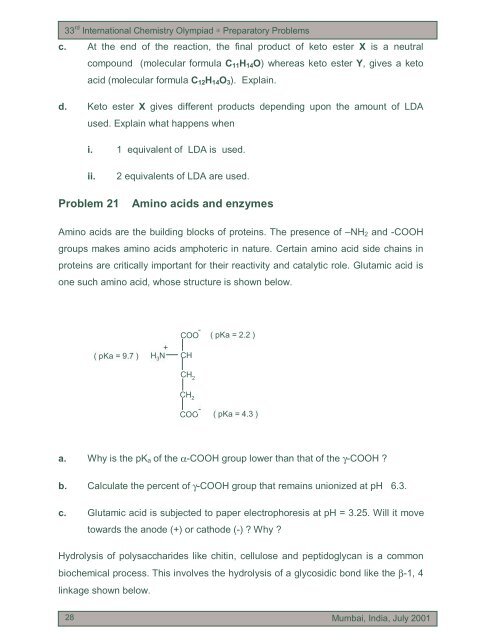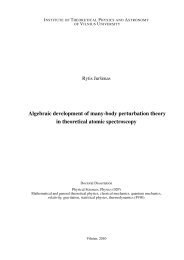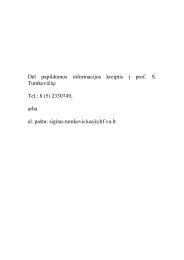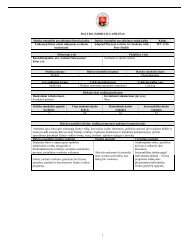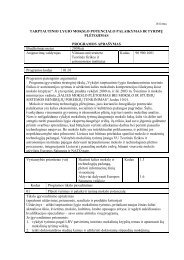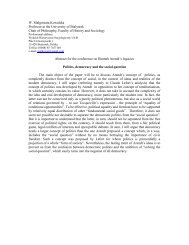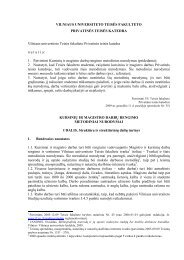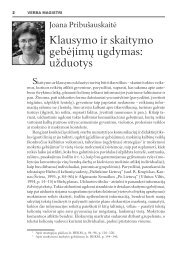Problem 6 Atomic and molecular orbitals - PianetaChimica.it
Problem 6 Atomic and molecular orbitals - PianetaChimica.it
Problem 6 Atomic and molecular orbitals - PianetaChimica.it
You also want an ePaper? Increase the reach of your titles
YUMPU automatically turns print PDFs into web optimized ePapers that Google loves.
33 rd International Chemistry Olympiad ∗ Preparatory <strong>Problem</strong>sc. At the end of the reaction, the final product of keto ester X is a neutralcompound (<strong>molecular</strong> formula C 11 H 14 O) whereas keto ester Y, gives a ketoacid (<strong>molecular</strong> formula C 12 H 14 O 3 ). Explain.d. Keto ester X gives different products depending upon the amount of LDAused. Explain what happens wheni. 1 equivalent of LDA is used.ii.2 equivalents of LDA are used.<strong>Problem</strong> 21Amino acids <strong>and</strong> enzymesAmino acids are the building blocks of proteins. The presence of –NH 2 <strong>and</strong> -COOHgroups makes amino acids amphoteric in nature. Certain amino acid side chains inproteins are cr<strong>it</strong>ically important for their reactiv<strong>it</strong>y <strong>and</strong> catalytic role. Glutamic acid isone such amino acid, whose structure is shown below.( pKa = 9.7 )-COO ( pKa = 2.2 )H 3N + CHCH 2CH 2-COO( pKa = 4.3 )a. Why is the pK a of the α-COOH group lower than that of the γ-COOH ?b. Calculate the percent of γ-COOH group that remains unionized at pH 6.3.c. Glutamic acid is subjected to paper electrophoresis at pH = 3.25. Will <strong>it</strong> movetowards the anode (+) or cathode (-) ? Why ?Hydrolysis of polysaccharides like ch<strong>it</strong>in, cellulose <strong>and</strong> peptidoglycan is a commonbiochemical process. This involves the hydrolysis of a glycosidic bond like the β-1, 4linkage shown below.2828Mumbai, India, July 2001


